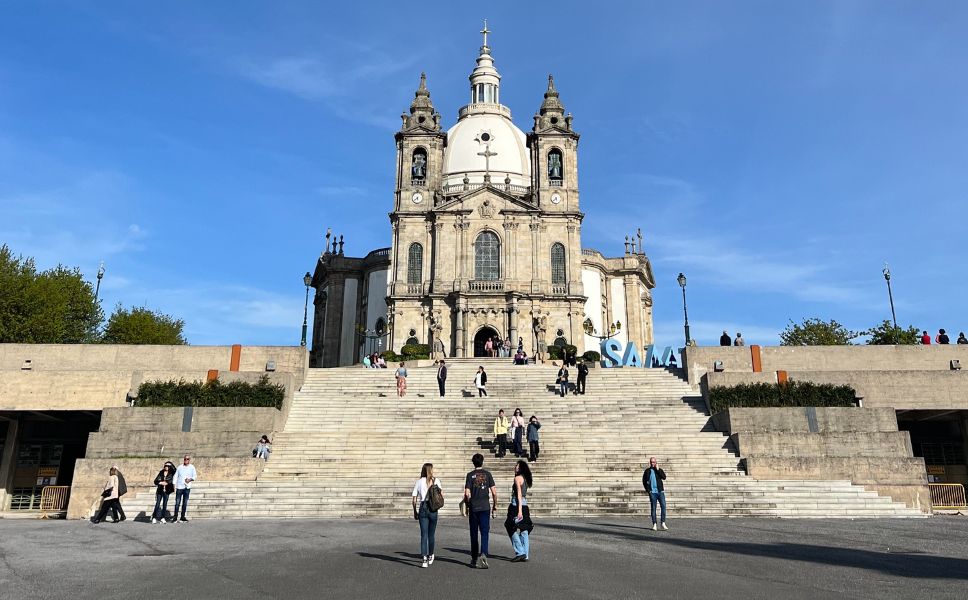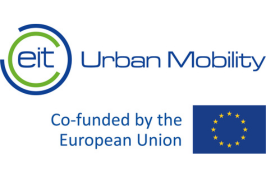- WalkFlow: a tool for monitoring and predicting active mobility by leveraging mobile location data
- 2023 – 2024

The WalkFlow project
The project WalkFlow, funded by EIT Urban Mobility, aims to develop a tool for monitoring and predicting pedestrian flows by leveraging mobile location data and demonstrate its capabilities by analysing walking flows in the city centre of Braga, in Portugal. The tool primarily uses anonymised mobile network data and location data from mobile apps, combining them with other data sources, such as pedestrian counts or mobility surveys. These data allow the characterisation of activities and trips of different population groups, and it can then be used to compute a range of indicators related to walking trips (origin and destination, distance, etc.) segmented by the sociodemographic profile of the traveller (age, gender, home location, etc.).
Thanks to the time continuity of the data employed, the tool WalkFlow can help to assess the impact of different interventions on the walkability of public spaces. This is achieved by analysing how pedestrian flows change over time, particularly before and after an intervention is implemented. For example, it can help in the study of changes in the share of transport modes, with a particular focus on the walking mode, and the reduction of the emissions that the mode substitution entails. Moreover, the availability of historical data enables the development of predictive models that allow WalkFlow to provide near real-time estimates on active mobility flows and predict their evolution in the near future.
The indicators produced by WalkFlow will be accessible through dashboards and reports that allow city’s authorities to closely monitor active mobility and make informed decisions accordingly.
Goals
The primary objectives of the project are:
- Enhance Nommon’s solution for analysing mobile location data by integrating mobile network data, mobile app data and other data sources to improve the identification of pedestrian mobility flows.
- Develop algorithms that can provide near real-time estimates of pedestrian mobility flows based on the exploitation of historical and near real-time data, employing machine learning techniques.
- Adapt the visualisation and reporting capabilities of Nommon’s existing solution.
- Demonstrate the capabilities of the tool within the operational environment provided by the Braga City Council, with a specific focus on the city centre.

WalkFlow is a project funded by EIT Urban Mobility. EIT Urban Mobility is supported by the European Institute of Innovation and Technology (EIT), a body of the European Union.
